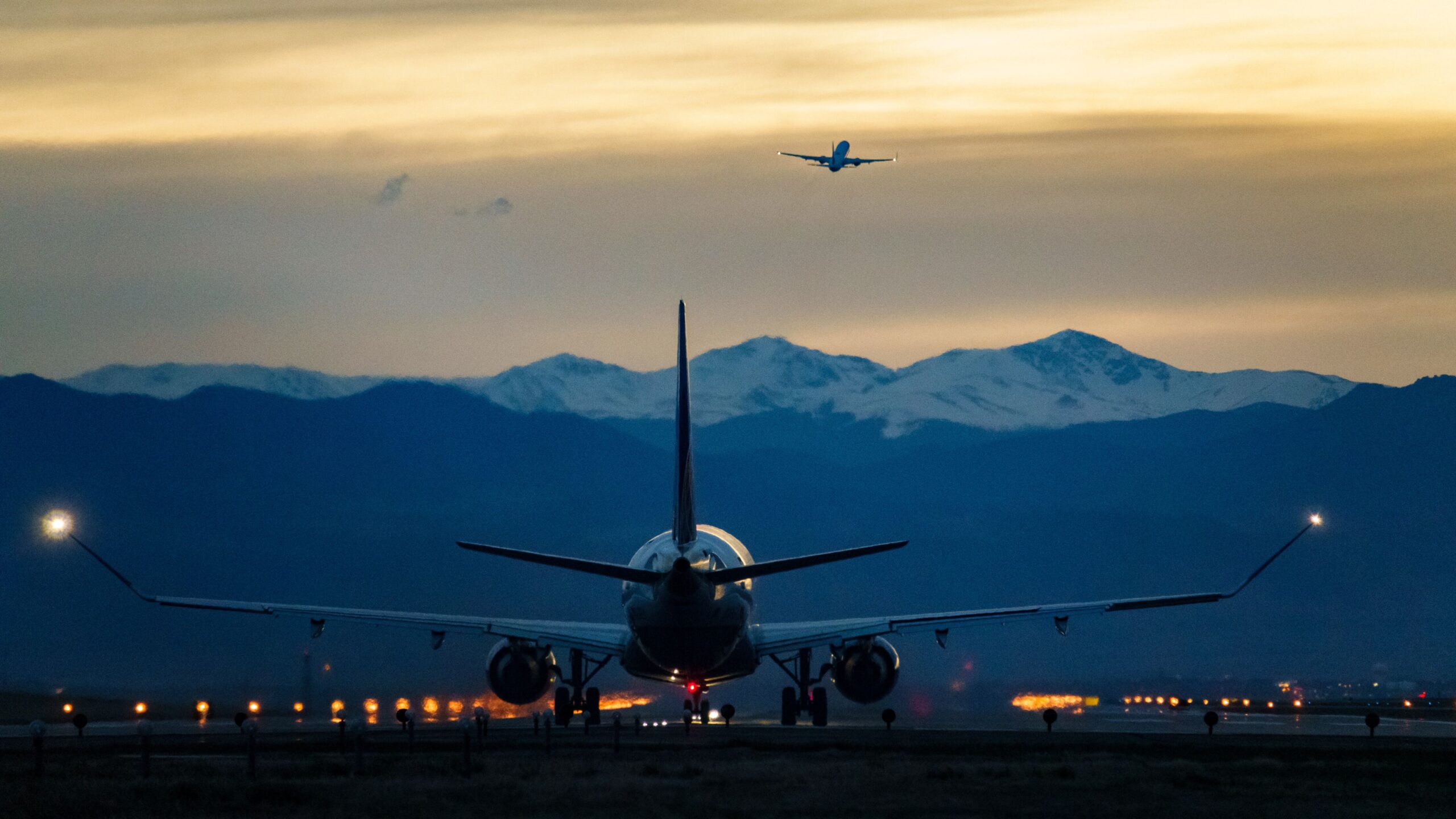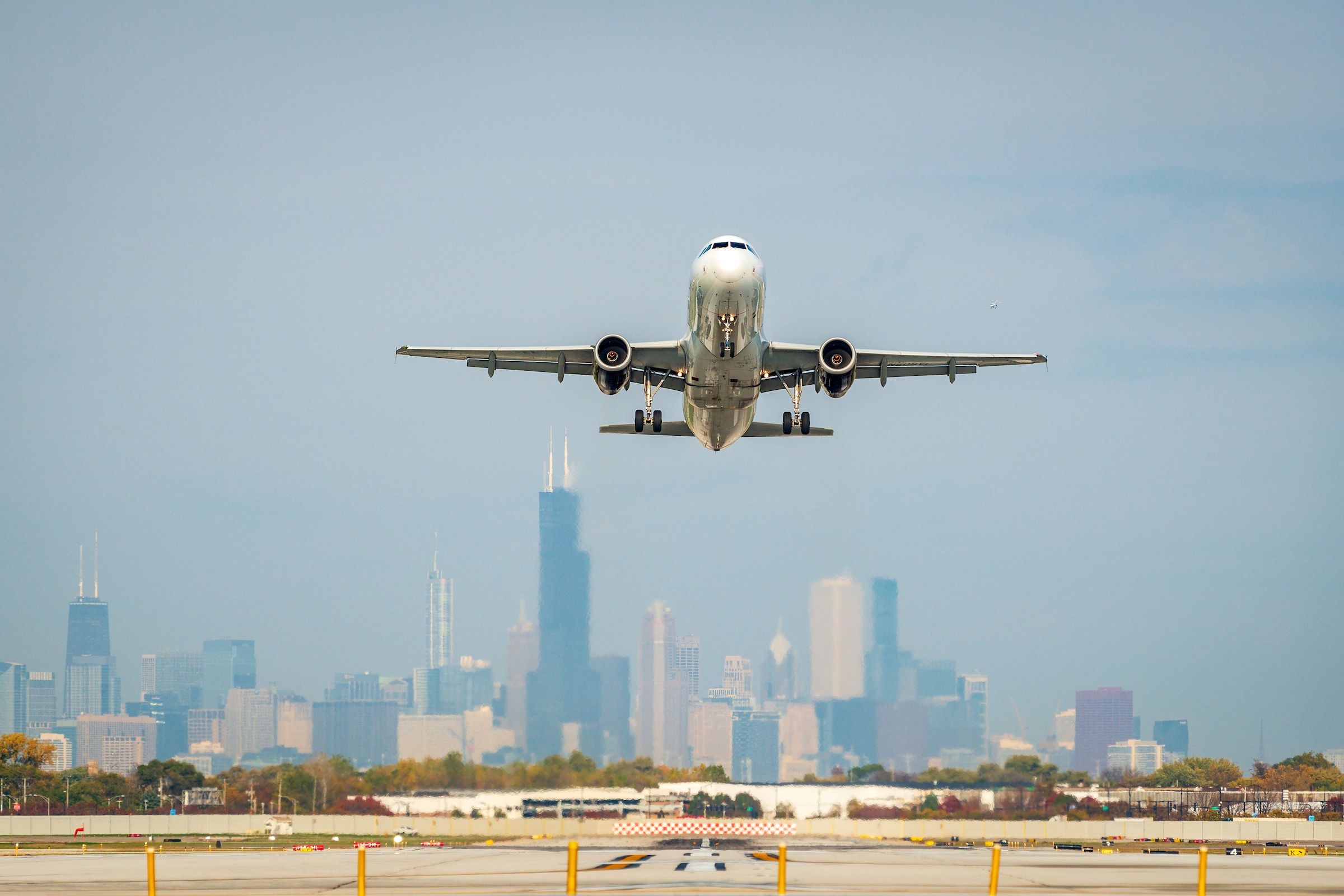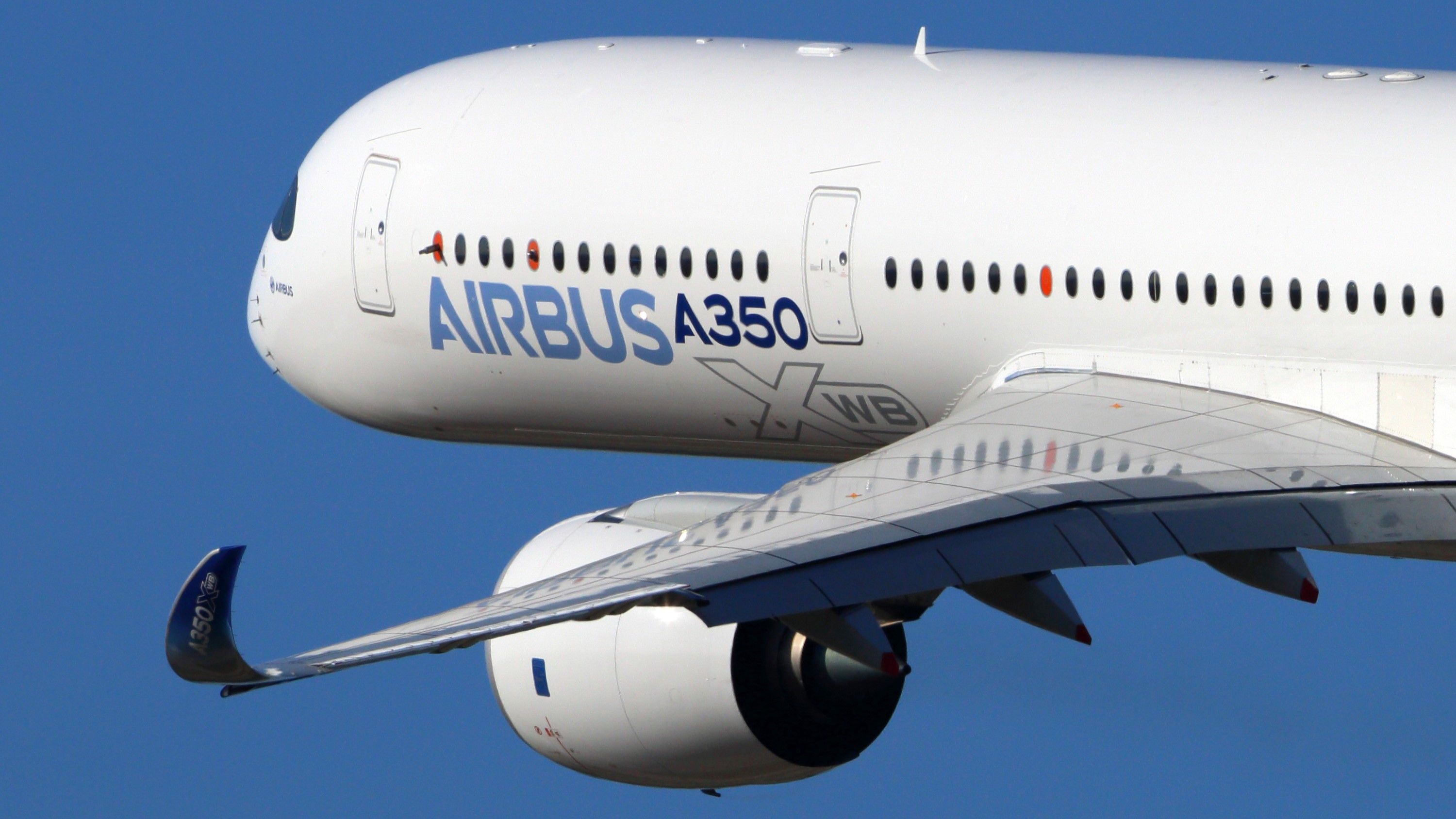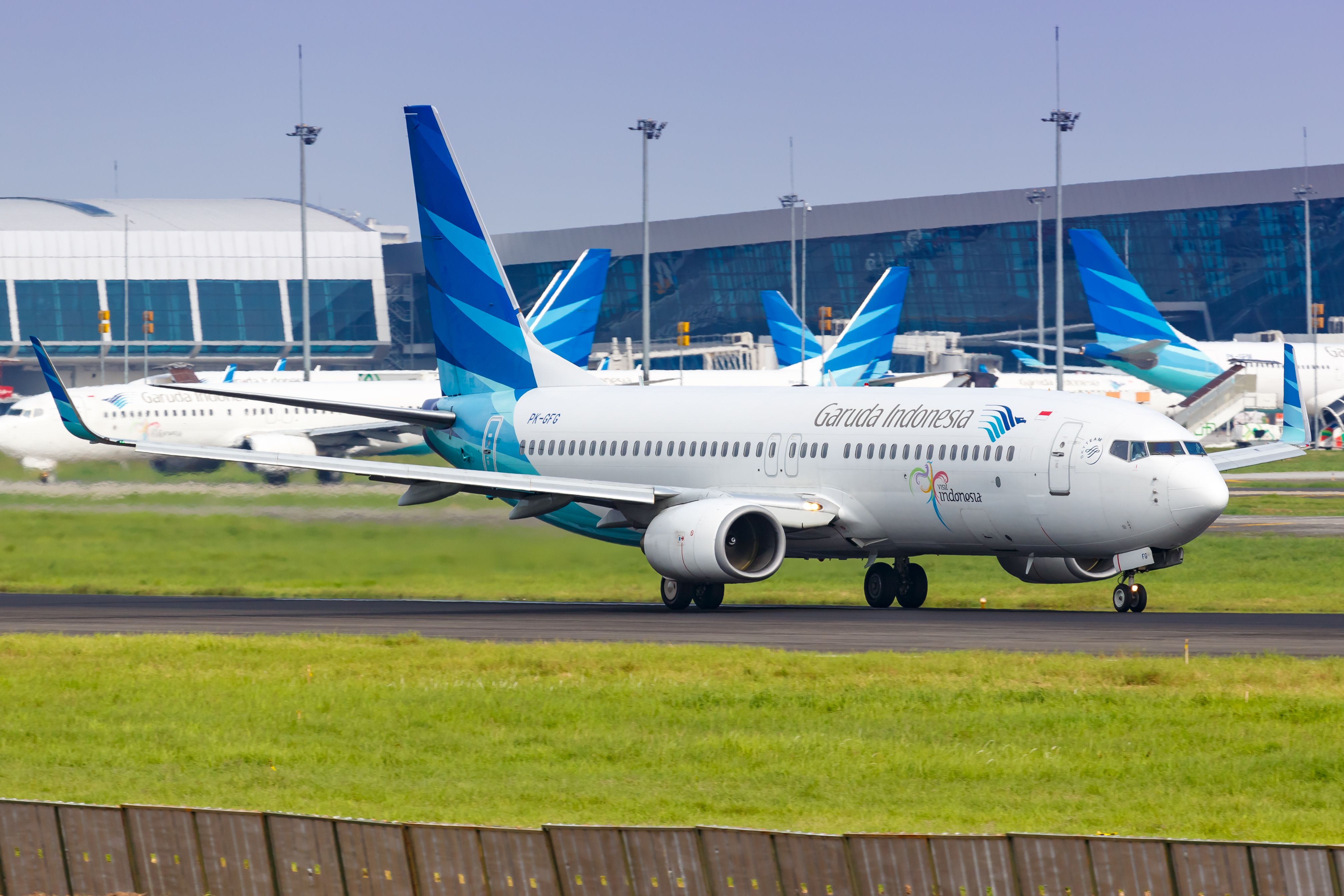It’s been said that all aviation safety regulations are written in blood, but how true is that?
Every year, the International Civil Aviation Organization (ICAO) releases its global safety report. In its most recent iteration, findings showed that in 2022, the aviation industry saw a nearly 10% decrease in accidents compared to 2020—furthermore, fatalities resulting from aircraft accidents dropped by over 65%.
Interestingly, these numbers have fallen despite the number of scheduled flights increasing. The ICAO attributes the improvements in safety to the safety commitments shared across the industry. In fact – the trend across many years of aviation is that today, flying is safer than ever.
Improving safety over time
According to research by Harvard University, flying in the US, Europe, and Australia is significantly safer than driving a car. Your odds of being in an accident during a flight is one in 1.2 million, and the chance of that being fatal is one in 11 million. Comparatively, your chances of dying in a car crash are over 200,000 times higher, averaging around one in 5,000.
Harvard is far from the only US academic institution researching this topic. Indeed, a 2020 Massachusetts Institute of Technology (MIT) study tracked how airline safety has improved in recent years. Between 2008 and 2017, there was one fatality for every 7.9 million passengers who boarded a flight, while between 1998 and 2007, it stood at closer to one death per 2.7 million passengers.
The trend is even more apparent in the pre-9/11 era of lowered safety standards, limited security, and airport vending machines offering airline insurance. From 1988 to 1997, there was one fatality for every 1.3 million passengers, and from 1978 to 1987, that decreased further to one per 750,000 boardings. 1968 to 1977 saw an abysmal record of one fatality for every 350,000 passengers. Adjusted to 2023 traffic figures, that would account for at least 18 aviation-related deaths every day.
Arnold Barnett, the author of the MIT paper, summarized the findings, outlining the astounding work the aviation industry has done to limit fatal accidents,
“The worldwide risk of being killed had been dropping by a factor of two every decade… The pace of improvement has not slackened at all even as flying has gotten ever safer and further gains become harder to achieve. That is really quite impressive and is important for people to bear in mind.”
Different rates for different regions
Of course, within the data, geographical differences can be found. The countries where passengers will find the lowest-risk airlines include Europe, China, Japan, Canada, Australia, New Zealand, and Israel. Across these countries, the fatality rate between 2008 and 2017 was one in 33.1 million passengers. Meanwhile, the higher-risk airlines came from developing countries that typically operate older aircraft or have limited regulatory oversight, such as Southeast Asia, Africa, and Latin America.
Photo: Chicago Midway Airport
In these locations, the overall risk was found to be one fatality per 1.2 million passenger boardings. But, even here, the safety culture had improved dramatically, from one fatality per 400,000 boardings between 1998 and 2007.
What’s making aviation so much safer?
A range of factors go into making air travel the safe environment it is today, ranging from engineering overhauls to improved regulation.
Recent technological developments have significantly enhanced aviation safety. Aircraft are no longer manually flown with limited navigational equipment; modern glass cockpits boast state-of-the-art technology to limit human error.
Not too long ago, at least three engines were required to cross the Atlantic due to reliability concerns and ETOPS regulations. In 1980, Federal Aviation Administration (FAA) director J. Lynn Helms was quoted as telling Boeing’s Engineering Director Dick Taylor that “it’ll be a cold day in hell before I let twins fly long-haul, overwater routes,” but just eight years later, ETOPS for was doubled from 90 minutes to 180, signaling a significant shift in the industry. Recent advancements in engine technology have seen the introduction of up to ETOPS-370 for Airbus’ A350XWB, with many other twin-engine widebodies holding ETOPS-330 capabilities.
Photo: Fasttailwind | Shutterstock
On the ground, flight crew, air traffic controllers, and dispatchers all work together to ensure a safe flight, and any changes to the plan are scrutinized by all parties to avoid mistakes.
When you’re in the air, you can be confident you’re flying with highly trained, certified individuals. In the US, pilots are required to have a minimum of 1,500 flying hours before they can work on a commercial airliner, the equivalent of nine straight weeks in the skies. Cabin crew is also vital to aircraft safety, with large portions of current training programs now related to keeping passengers safe onboard and minimizing risk during incidents.
The role of regulation and industry pressure
However, many of these advancements can be attributed to improvements in regulation. Everyone from aircraft manufacturer board members to part-time airline ground employees must adhere to strict governmental oversight. These regulations range from something as simple as minimizing work hours to reduce fatigue to ensuring aircraft parts are made from high-quality, approved materials.
Photo: Markus Mainka | Shutterstock
The strict requirements for maintenance, reporting, training, and operations can extend further than the country in which it’s implemented. Flight and airline bans, such as the European Union’s Air Safety List, have prompted governments to shape up their act to ensure continued international operations and encourage tourism.
A notable recent graduate of the Air Safety list is Indonesia. Following two fatal crashes in early 2007 and a historically poor aviation safety record, all Indonesian airlines were banned from EU airspace. Gradual advancements by individual airlines saw some carriers slowly removed from the list before the ban was lifted entirely in 2018 amid consultation with the FAA and ICAO.
In a statement by the Government of Indonesia, EU Ambassador Yuri O. Tharmin noted the country’s significant investment in improving its aviation industry and complying with global regulations. Tharmin added,
“The lifting of the flight ban for all Indonesian airlines is a form of EU’s recognition to the Indonesian Government in improving air safety in the country.”
What are your thoughts on the recent advancements in aviation safety? Let us know in the comments.





